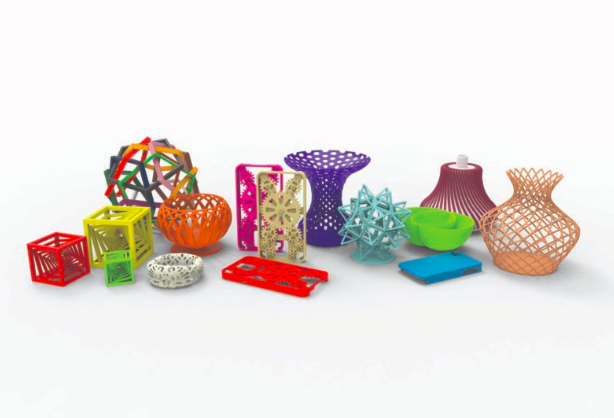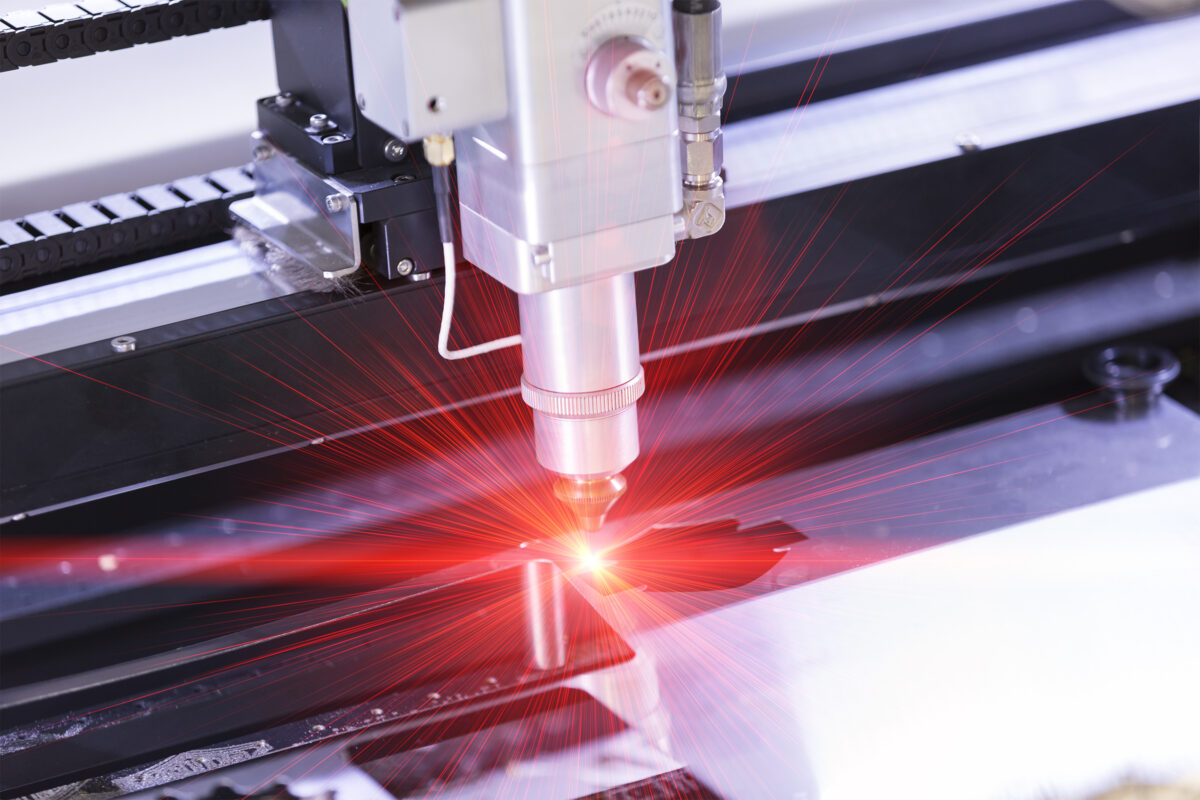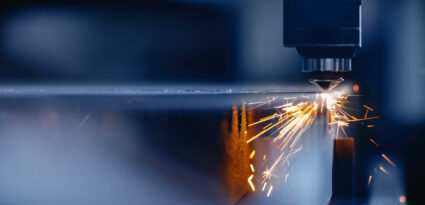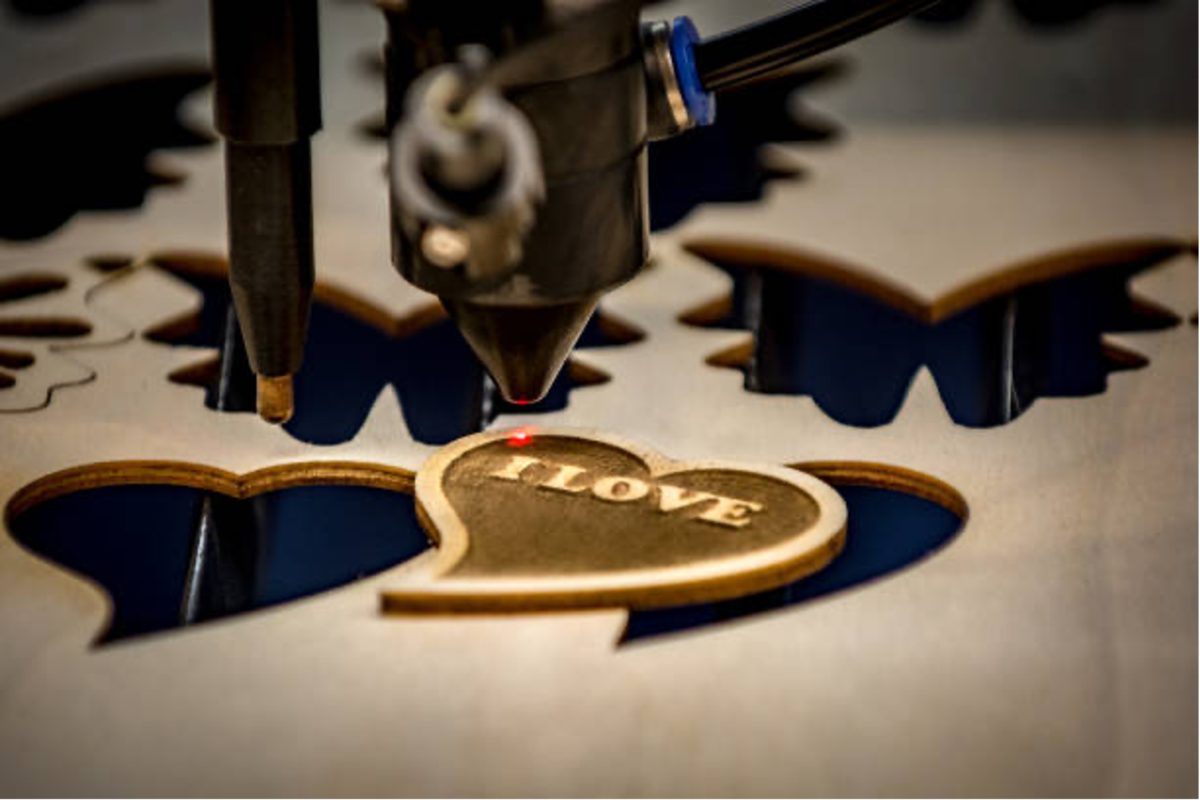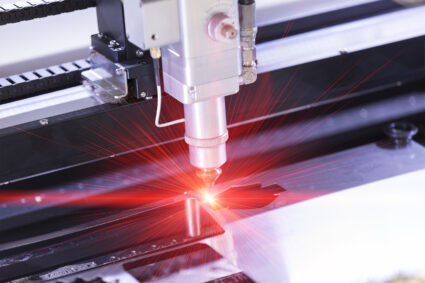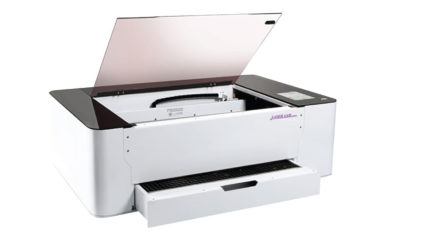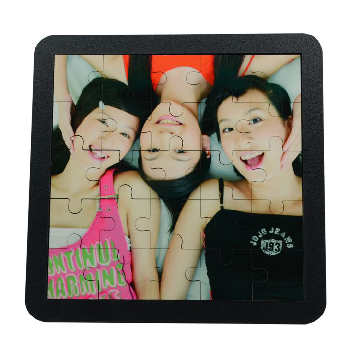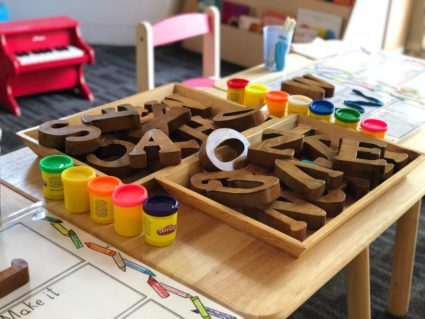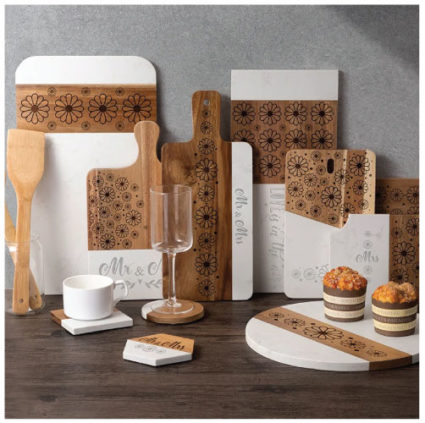Best Beginner 3D Printers
Are you intrigued by 3D printing but need help figuring out where to start? Whether you’re just getting into 3D printing or want to upgrade your current setup, choosing the right printer for you can take time and effort.
Finding the best beginner 3D printer isn’t always easy – there are so many models out there with various features and capabilities that can make it challenging to decide which one is the right fit.
That’s why we’ve put together this helpful guide: below. We will discuss some of our favorite beginner 3D printers, helping you find a machine that fits your needs and expectations!
Top Rated 3D Printers for Beginners
When it comes to 3D printing, the right printer can make all the difference. As a beginner, you’ll want to find one that is both affordable and easy to use. To help get you started, here are some of the top-rated 3D printers for beginners.
Anycubic Kobra
The Anycubic Kobra is a 3D printer with excellent features at an incredibly competitive price. It includes automatic bed leveling, meaning the machine will level itself for you every time you start a print — no manual adjustments necessary.
Additionally, it has a direct extruder — so filament won’t jam and slow down your printing process — and a PEI-coated removable bed, making it easy to remove prints when finished. To top it all off, the Kobra has sensorless homing capabilities for precise movement during printing.
With this range of features at such an accessible cost point, the Anycubic Kobra is an ideal choice for anyone looking to try 3D printing for the first time. Its high-end features and low price make it an excellent option for newbies and experienced 3D printing enthusiasts. The Anycubic Kobra is a brilliant choice if you’re looking for unbeatable value for money.
Voxelab Aquila X2
The Aquila X2 has been designed with usability, featuring quick assembly and easy maintenance. It comes almost entirely preassembled, so it’s ready to print right out of the box. The printer also has an adjustable extrusion system that helps ensure a consistent filament flow for better print quality.
Moreover, the machine includes a heated build plate — great if you plan on printing materials like ABS or PETG — and a semi-enclosed design to help keep drafts away from your prints. It also features an onboard LCD control panel, allowing you to access all the various settings and functions without needing to connect to a computer.
Overall, the Voxelab Aquila X2 is an excellent value 3D printer, offering features and build quality usually reserved for more expensive machines. Its semi-enclosed design makes it a good choice for novice makers, while its adjustable extrusion system ensures it can handle more challenging materials. If you’re looking for your first 3D printer and don’t want to break the bank, the Voxelab Aquila X2 should be at the top of your list.
AGC Education IMAGIN3D – 3D Printer Package
The IMAGIN3D 3D Printer Package is a powerful tool for classrooms and educators. With its 12”x12”18” printing platform, it can be used to create:
- Topographical maps
- Chemistry models
- Miniature versions of famous structures
It also features a volcano extruder, allowing you to use a wide range of filaments such as PETG PLA, ABS, Flex, and Nylon.
But there’s more! After purchasing the IMAGIN3D printer package, you get STEM 3D – a resource kit for teachers designed to help make classroom learning easier. STEM 3D includes ready-made lesson plans and step-by-step guides on using the printer with your students, regardless of grade or subject.
If you’re looking for a professional-grade 3D printer that’s great for classrooms, look no further than AGC Education IMAGIN3D! With its large printing platform and STEM 3D resource kit, it’s an ideal tool to help bring learning to life in your classroom.
AGC Education IMAGIN3D JUNIOR- 3D Printer Package
The IMAGIN3D Printer Junior package also comes with easy-to-understand instructions and safety manuals, providing all the information you need to get started. Use this 3D printer for educational activities like engineering challenges and creative projects. With adjustable printing speed and layer thickness, the printer can be adjusted to match your classroom’s requirements.
IMAGIN3D also provides optional support packages to help ensure a smooth printing experience – from one-on-one assistance to repair services – as well as frequent software updates that offer improvements and new features.
Take advantage of the IMAGIN3D Printer Junior package today! Let your students explore their creativity while learning valuable STEM skills practically and engagingly. With the IMAGIN3D Printer Junior, you can help your students take their ideas from concept to reality in your classroom.
Bambu Lab P1P
The Bambu Lab P1P is an impressive 3D printer. Its large build volume of 256 x 256 x 256 mm and its direct dual-gear extruder can easily handle complex 3D printing jobs. Its magnetic textured PEI spring steel sheet bed lets you easily remove finished prints, while the purge chute allows for easy disposal of purge material from the back of the machine.
With the optional Automatic Material System (AMS) add-on, it’s possible to use up to four materials in one print job – making this an excellent choice for multi-material projects.
Tips When Shopping For A Beginner 3D Printer for Educators
When shopping for a beginner 3D printer for educators, it is important to consider the following tips:
- Cost and Budget: It is always best to know what you are willing to spend on a 3D printer before you start your search. Be sure to factor in the cost of any additional supplies or software that may be needed to purchase your machine.
- Print Quality: Your print quality will depend heavily on the type of 3D printer you choose, so make sure it can handle whatever type of projects or applications you intend to use. This includes materials such as plastic, metal, glass, and more.
- Ease-of-use: 3D printers can be complicated to use, especially for beginners. Look for a user-friendly machine with plenty of tutorials or online resources to help you learn how to operate it correctly.
- Warranty: Make sure the 3D printer you select comes with some sort of warranty, as this will ensure that any issues you experience will be taken care of promptly without any extra costs.
- Space Requirements: Be sure to measure the space available in your classroom or office before purchasing, as some 3D printers are rather large and may not fit where you want them to go.
Bring your educational goals into reality one step at a time
If you want to keep up with the rapidly evolving educational environment, 3D printing is the way to go. The technology can be cost-effective and highly efficient when incorporated into an academic setting. For simple 3D printing solutions that are perfect for beginners, AGC Education offers a wide range of high-performance 3D printers at competitive prices.
We can help you take advantage of an engaging learning experience for students – no matter the scale – our team has ready-to-go solutions that can make the most out of any available resources.
Don’t hesitate — contact us today, and we’ll provide you with the highest quality selection of beginner 3D printers available anywhere in the world. We can bring your educational goals into reality one step at a time.




